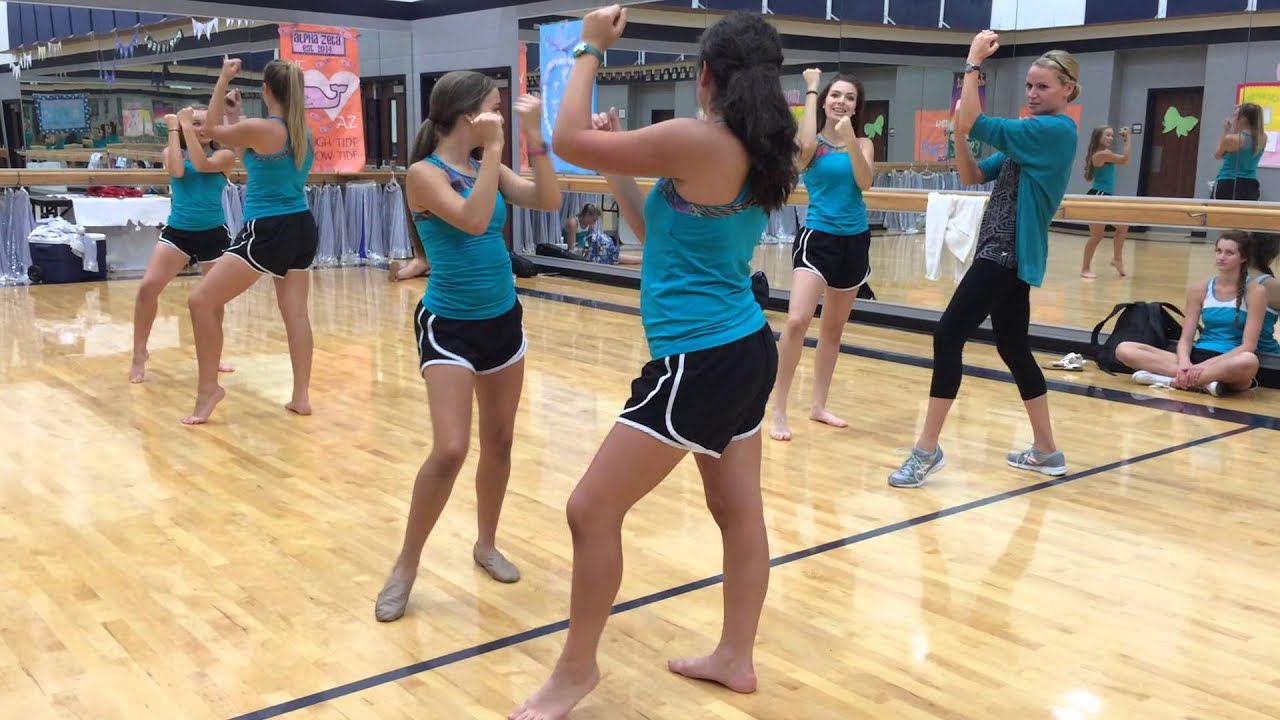Table Of Contents−
- Introduction to Dance Counts
- The Importance of Counts in Dance
- Different Types of Dance Counts
- Techniques for Counting in Dance
- Common Challenges in Counting Dance Steps
- How to Improve Your Counting Skills in Dance
- Advanced Tips for Mastering Dance Counts
- The Role of Counts in Choreography
- Counting as a Tool for Musicality in Dance
- Conclusion
Introduction to Dance Counts
Introduction to Dance Counts
Dance is a universal language that transcends barriers and expresses emotions through graceful movements. Behind those seemingly effortless choreographies lies a fundamental element that helps dancers stay in sync and create mesmerizing performances - dance counts. In this article, we will explore the significance of counts in dance and how they play a crucial role in the execution and coordination of movements.The Importance of Counts in Dance
Understanding the importance
When it comes to dance, counts serve as a roadmap, guiding dancers through the intricate sequences and ensuring synchronization among performers. Just like the beats in music, counts provide a rhythmic structure that allows dancers to stay in harmony with one another and the accompanying music. By internalizing the counts, dancers can maintain precision and execute movements with finesse.Different Types of Dance Counts
Exploring various counting techniques
Different dance genres utilize distinct counting systems tailored to their specific styles. For instance, ballet often employs the "French count," where movements are counted in French terms like "plié," "relevé," and "port de bras." In contrast, hip-hop and jazz incorporate a more straightforward numerical count, with each movement assigned a corresponding number. Understanding these diverse counting methods is crucial for dancers to excel in their chosen genres.Techniques for Counting in Dance
Mastering the art of counting
Counting in dance requires focus, concentration, and an innate sense of rhythm. One technique is to mentally subdivide the beats within a musical phrase, allowing dancers to execute movements precisely on specific counts. Another approach involves associating movements with specific sounds or lyrics in the music, helping dancers internalize the rhythm and timing of their steps. Experimenting with different techniques can help dancers find what works best for them.Common Challenges in Counting Dance Steps
Navigating the obstacles
Despite its importance, counting in dance can present challenges for dancers of all levels. One common hurdle is the fast-paced nature of certain choreographies, where quick transitions and intricate footwork make it challenging to stay on track. Another difficulty arises when dancers become too reliant on counting, neglecting the expressive and emotional aspects of the performance. Developing a balance between precision and artistic expression is key to overcoming these challenges.How to Improve Your Counting Skills in Dance
Enhancing your counting abilities
Improving counting skills in dance requires practice and dedication. Regularly drilling choreographies while focusing on precise counting can help develop a dancer's sense of timing and coordination. Additionally, taking the time to understand the music and its underlying structure can enhance counting skills. Collaborating with fellow dancers and seeking feedback from instructors can also provide valuable insights and contribute to overall growth.Advanced Tips for Mastering Dance Counts
Unlocking the secrets
For dancers looking to take their counting skills to the next level, advanced techniques can be employed. One such technique is incorporating dynamics and accents into the counts, adding depth and expression to the movements. Additionally, practicing intricate footwork and complex rhythmic patterns can help dancers build agility and versatility. Remember, mastery of dance counts comes with time and dedication, so embrace the journey of continuous improvement.The Role of Counts in Choreography
Counting as the foundation
In choreography, counts act as the foundation upon which the entire dance piece is built. Choreographers meticulously craft movements that align with the counts, ensuring synchronization and visual appeal. By understanding and respecting the counts, dancers can bring the choreographer's vision to life, creating a seamless and captivating performance.Counting as a Tool for Musicality in Dance
Harmonizing with the music
Dance is an art form that beautifully merges movement and music. Counts play a vital role in enhancing a dancer's musicality, allowing them to synchronize their movements with the rhythm, melody, and emotions conveyed by the music. By internalizing the counts and connecting them to the musical elements, dancers can create a harmonious and captivating experience for both themselves and the audience.Conclusion
Embrace the power of counts in dance
In conclusion, counts in dance are more than just numbers. They serve as a guiding force for dancers, enabling them to navigate intricate choreographies with precision and grace. By mastering the art of counting, dancers can elevate their performances, synchronize with fellow performers, and truly harmonize with the music. So, embrace the power of counts in dance, and let your movements tell a captivating story, one count at a time.
